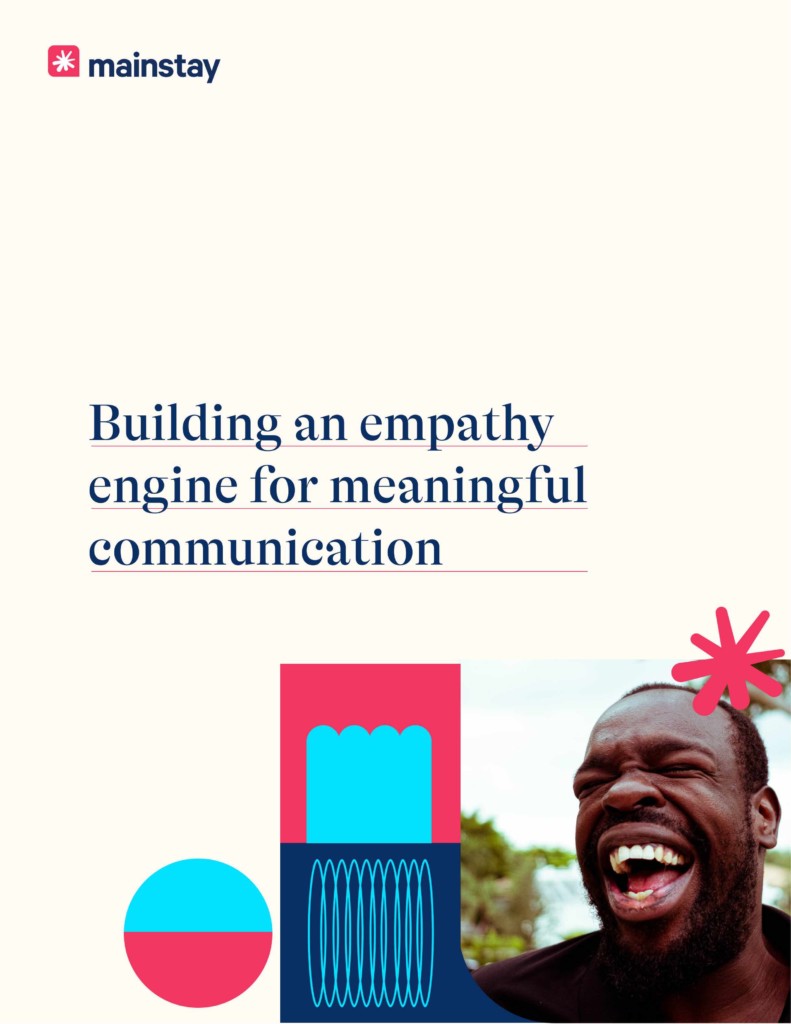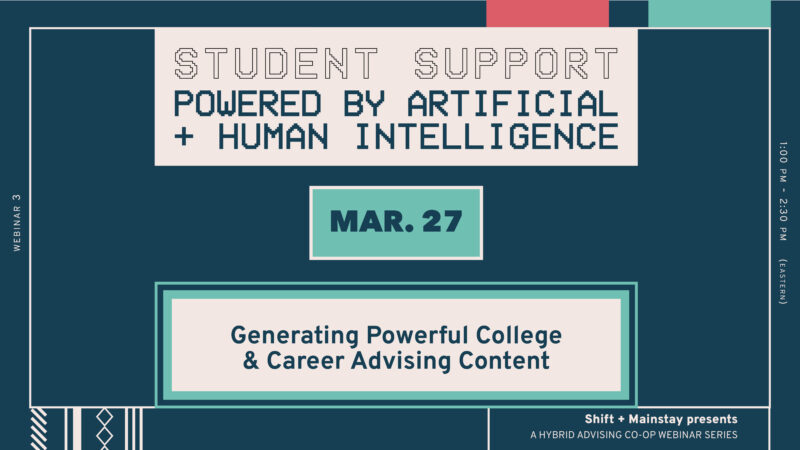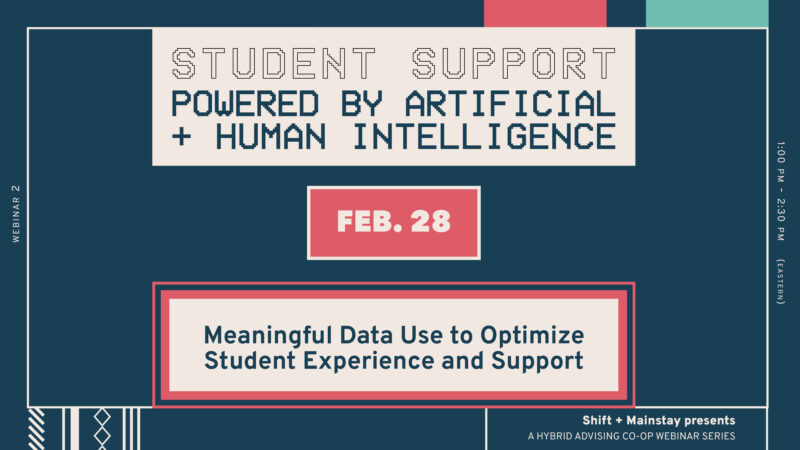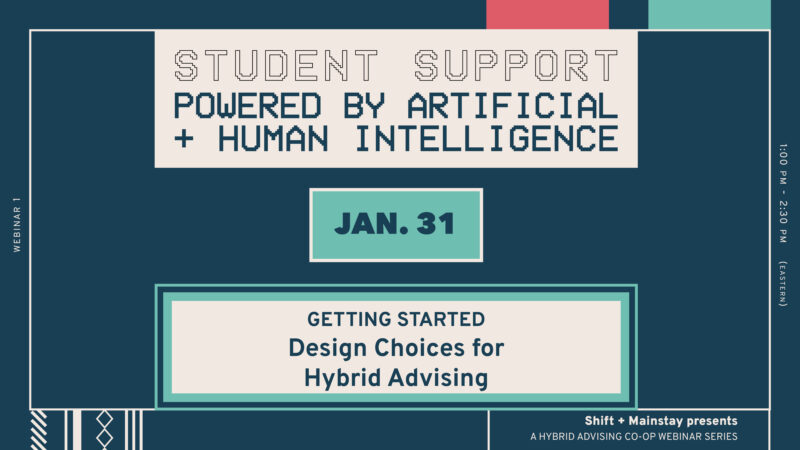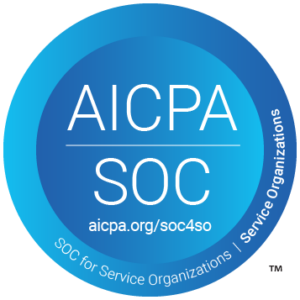Empathy engines: What are they and how can you use them to drive student engagement?
Empathy engines are transforming the way colleges and universities engage students
Many higher education administrators still rely on ineffective methods like scripted phone calls and impersonal email templates when they need to provide important information to students. These don’t work because today’s students communicate differently. They read less than 20% of the emails that land in their inbox, but 97% of them read every single text message they receive — and 90% of them read all of their texts within 3 minutes of receiving them.
Students respond to text messages four times more frequently than email, too. And texting becomes even more effective when the message is personalized to their individual needs with the right message at the right time.
This shift in the ways students prefer to communicate is causing higher education institutions to rethink what effective student engagement looks like today. You may be trying to determine how your college or university can grow enrollment, improve retention, cultivate student loyalty, and drive positive student outcomes.
Creating an empathy engine for meaningful communication is the answer.
Empathy engine definition
What is an empathy engine, you ask? Let’s start with the definition.
Definition: An empathy engine is behavioral intelligence technology that delivers relevant information and answers to questions in real-time by practicing active listening at scale, analyzing data, routing conversations to a human when appropriate, and cultivating trusting relationships to improve ongoing communication.
Developing an empathy engine at your institution starts with hearing what your students are saying and thinking. As society has rapidly moved to an online landscape, technology and analytics have advanced to the point where digital conversations can be analyzed and personalized in real-time and at scale. Mainstay’s student engagement platform makes it easy for higher education institutions to build their own empathy engines based on aggregate conversational student data. This enables colleges and universities to personalize their student communications at scale based on students’ interactions — specifically the thoughts, concerns, perceptions, and insights that students share with our behaviorally intelligent chatbots.
Empathy Engine
An empathy engine is artificial intelligence technology that delivers relevant information and answers to questions in real time by practicing active listening at scale, analyzing data, routing conversations to a human when appropriate, and cultivating trusting relationships to improve ongoing communication.
Higher education institutions are adopting empathy engines to streamline their communications with students from recruitment all the way through to graduation and beyond. Evidence proves that communicating consistently and empathetically throughout the entire student lifecycle aids in developing trusting relationships that result in greater student success.
How to personalize digital communication with an empathy engine
Generic messaging doesn’t resonate with students. Personalized interactions are the key to building meaningful relationships between your students and your institution. So, how can your institution deliver the personalized information your students need without spending hours crafting customized communications for every student?
Building an empathy engine is the answer.
Behavioral intelligence makes it easy to actively listen to students at scale and address their concerns by delivering the information they need instantly. With an empathy engine powered by behaviorally intelligent chatbots, you can personalize all of your communications throughout the entire student experience. It’s the most effective way to engage students with the information they need, when they need it — on the channels they prefer to use, like texting, social media, and web chat.
5 ways an empathy engine drives positive student outcomes
Finding effective ways to empathetically engage students has become a top priority for many colleges and universities because it’s proven to drive positive student outcomes. That’s why, at a growing number of higher education institutions across the country, students have access to chatbots that provide them with the timely information they need and answers to their questions around the clock. Empathetically engaging students with the right information at the right time benefits both students and institutions in more ways than one.
1. How to identify what your students need with an empathy engine
Today, empathy engines are empowering colleges and universities to distinguish the signal from the noise. Innovative advancements in behavioral intelligence, machine learning, and data analytics have made it easy for them to listen to their student’s needs and concerns at scale — in ways that have never been possible before.
Chatbots that are built on empathetic engagement principles proactively check-in with students using personalized messages that keep them engaged and on track. They actively listen at scale and use the aggregate conversational data students provide to respond instantly and automatically — with personalized, helpful, and empathetic outreach.
2. How to create a sense of belonging with an empathy engine
It is essential to support prospective students and current students in ways that make them feel like they are an important part of their school’s community from day one. However, there is no one-size-fits-all way to engage students. That’s because students require authentic and empathetic support that meets their specific, individual needs. Campus-minded digital communication is a critical component to keep students involved and motivated throughout their entire journey.
Personalized, timely, and empathetic messages about fun activities, academic reminders, administrative deadlines, and more can lay the groundwork for meaningful relationships between students and their school. These types of engagement reinforce the fact that you are there for them to provide a helping hand, address their concerns, and deliver the information they need when they need it. Establishing these relationships can lead to behavioral impacts that will benefit your students long after they’ve graduated.
3. How to grow enrollment with an empathy engine
As many as 40% of students who enroll in a college or university don’t make it to the first day of class. This phenomenon is known as summer melt, and it can happen for several reasons. For example, the institution may communicate key information in a way that fails to resonate with students. Or students may lack access to the resources required to complete and submit their most important forms on time. In some cases, students simply become overwhelmed with the sheer number of administrative tasks they need to complete. Other students may simply choose to attend different colleges or universities that engaged them more effectively.
Many of these scenarios could be avoidable if the student received the right information from an institution at the right time through the right channel. Without empathetic and timely support, summer melt becomes an increasingly likely outcome — especially for first-generation and underserved student populations. An empathy engine can enable your institution to provide that personalized guidance to the students who need it most.
By engaging students with personalized messages through the channels they prefer to use, empathy engines make it easy to build trusting relationships during the enrollment process. That level of trust vital to student success, and establishing a relationship based on empathy during this critical period gives the institution a head start on creating the ultimate college experience from the very beginning.
4. How to improve retention with an empathy engine
Enabling personalized, engaging, and relevant digital communication is proven to keep students involved and guide them in the right direction when they feel lost, even in cases where students are remote.
By harnessing the power of an empathy engine, institutions can actively improve retention efforts by listening to students at scale to address their concerns, deliver the information they need quickly, and efficiently answer questions throughout the entire student journey. This directly impacts retention by keeping students on track, involved, and motivated for the upcoming semester. There is no better time than now to start improving your student engagement strategy to improve retention.
5. How to keep students informed 24/7 with an empathy engine
Students require immediate access to the information they need — even when your team can’t be there to support them. 37% of messages from students are sent to Mainstay’s chatbots after standard business hours. This indicates a real need for students to access critical information during times of the day when no one is in your office to support them.
Empathy engines make it possible to provide the instant, automatic, personalized support and guidance they need around the clock. Providing that is the key to ensuring positive outcomes throughout the entire student lifecycle — from registration reminders to new program announcements, and health and safety alerts to or financial aid reminders.
Empathy engines enable you to personalize your responses to students 24/7. Enabling students to access accurate and empathetic answers whenever they need information provides positive experiences for them — and increases efficiency for you and your team.
Fueling your empathy engine for student success
It takes more than just a technology vendor to empathetically engage your students. It takes the right channels, timing, tone of voice, and conversational data to truly deliver the level of personalization that students need. And choosing the right partner can make all the difference for your institution.
Analyzing what truly matters to your students makes it possible to effectively understand their needs, concerns, and preferences — so you can provide them with a personalized experience that’s informed by their own interactions throughout the entire student lifecycle. Mainstay has partnered with hundreds of higher education institutions to build empathy engines that drive positive student outcomes. Here are some of the reasons why:
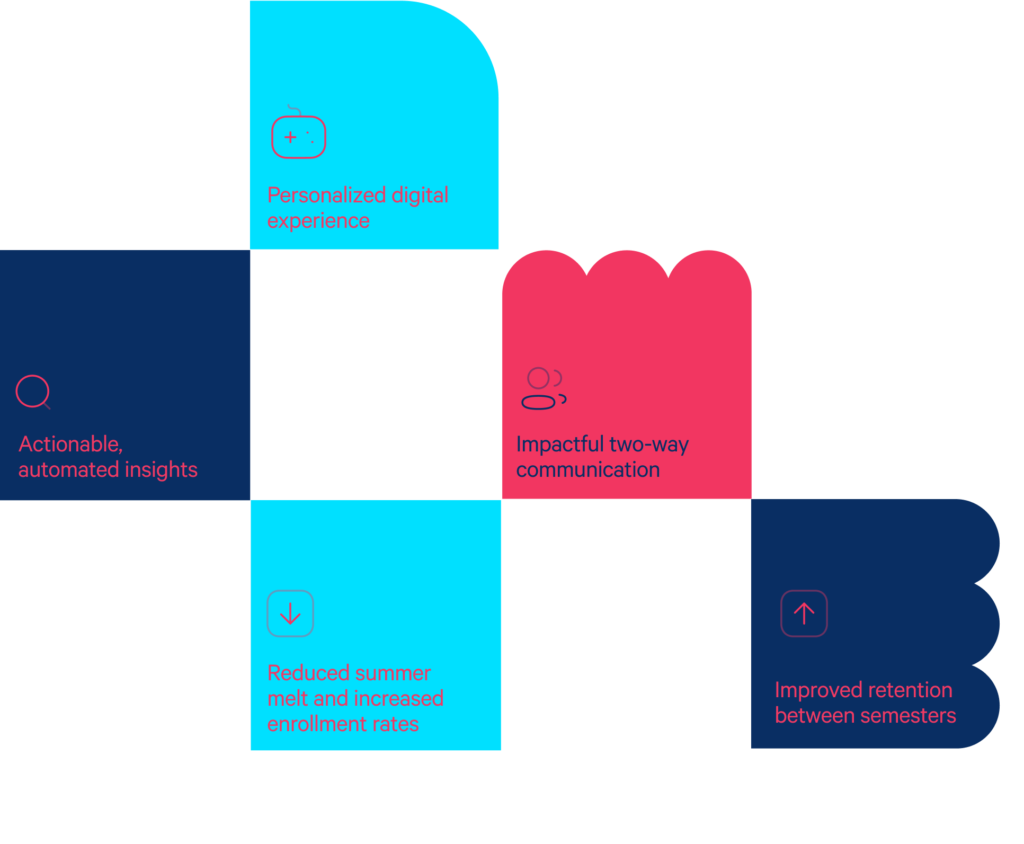
Learn how to build an empathy engine for student success
Our free white paper, “Building an empathy engine for meaningful communication,” explores how harnessing the power of behavioral intelligence plays a critical role in the academic journey for students. Download it for free to examine real-life use cases and key results from our partner colleges and universities that have implemented empathy engines of their own.
Learn more with us
Examine these helpful resources about engagement strategy, student and employee impact, and Behavioral Intelligence trends.
